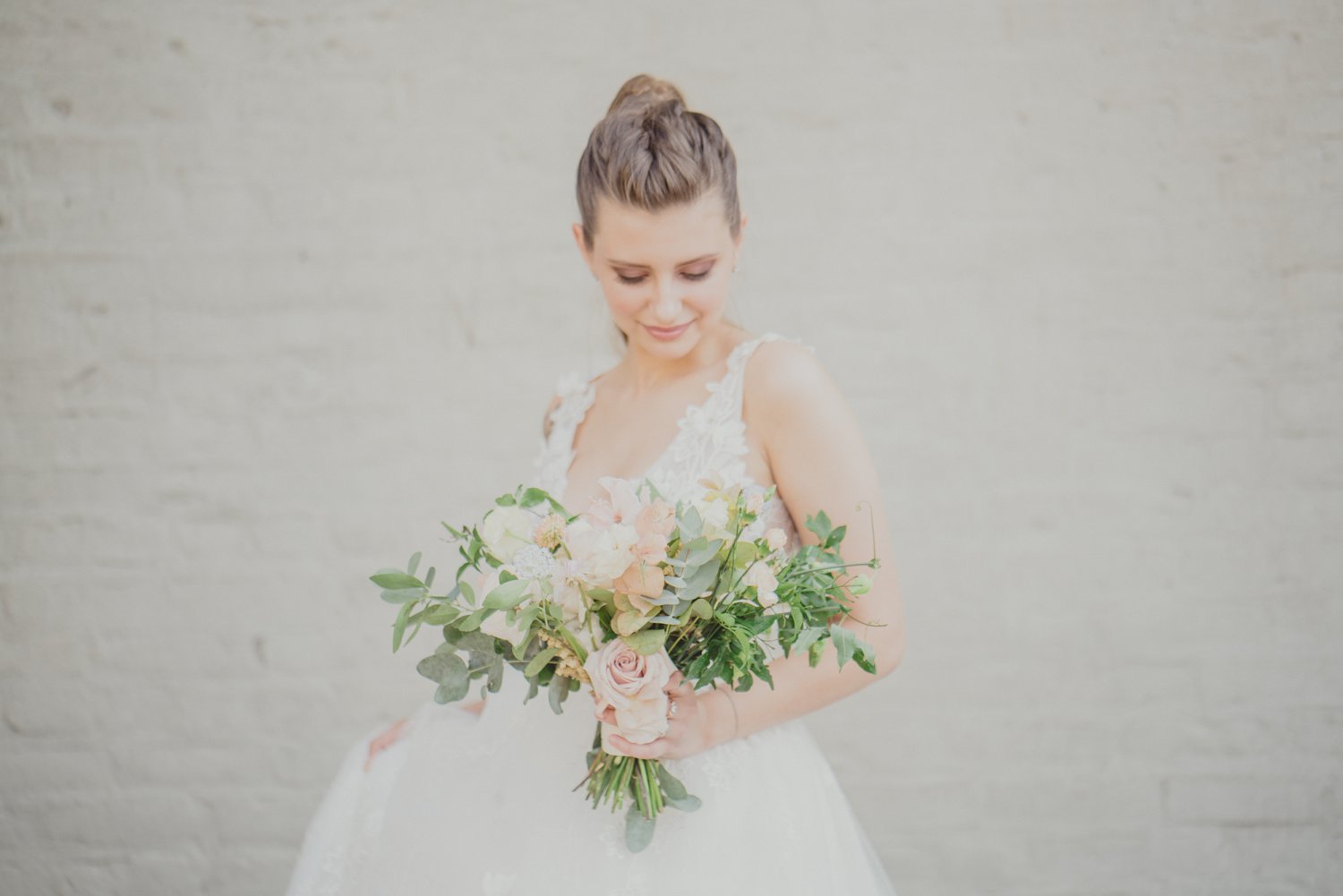Lighting is one of the most important aspects of wedding photography. It can make or break the images, setting the mood and atmosphere for the day. As a fine art wedding photographer, it's essential to have a good understanding of different lighting setups and techniques to create stunning, timeless images that capture the essence of the couple's love story.
In this guide, we'll share some of our favorite lighting setups and techniques for wedding photography, along with tips and tricks for achieving the perfect shot. Whether you're shooting indoors or outdoors, in bright sunlight or low light, we'll help you create beautiful, natural-looking images that showcase the beauty and emotion of the day.
Chapter 1: Understanding Light
The first step to mastering lighting setups and techniques for wedding photography is to understand light itself. Light is the most fundamental aspect of photography, and it's essential to know how it works to create stunning images.
We'll cover the basics of light, including its properties, color temperature, and quality. We'll also explain the different types of light sources, including natural light, artificial light, and strobes, and when to use them to create the desired effect.
Chapter 2: Lighting Setups for Outdoor Weddings
Outdoor weddings can present a unique set of challenges when it comes to lighting. The lighting conditions can change quickly, and it's essential to be able to adapt to the changing environment to capture the perfect shot.
We'll explore some of our favorite lighting setups for outdoor weddings, including backlighting, front lighting, and off-camera flash. We'll also cover tips for using reflectors and diffusers to control the light and create stunning, natural-looking images.
Chapter 3: Lighting Setups for Indoor Weddings
Indoor weddings can be just as challenging as outdoor weddings when it comes to lighting. The lighting conditions can be dim, and the color temperature can be challenging to manage.
We'll share some of our favorite lighting setups for indoor weddings, including bounce flash, off-camera flash, and ambient light. We'll also cover tips for using color gels to balance the color temperature and create a consistent look throughout the images.
Chapter 4: Creative Lighting Techniques
As a fine art wedding photographer, it's important to be able to think creatively and come up with unique lighting setups and techniques to create stunning, one-of-a-kind images.
We'll share some of our favorite creative lighting techniques, including using prisms and crystals, playing with shadows, and using multiple light sources to create a dramatic effect. We'll also cover tips for using different types of lenses to create unique and artistic images.
Chapter 5: Post-Processing Techniques
Post-processing can be an essential part of the fine art wedding photography process, allowing you to enhance the images and create a consistent look throughout the day.
We'll share some of our favorite post-processing techniques, including adjusting exposure and color temperature, removing distractions, and adding creative effects to the images. We'll also cover tips for creating a workflow that maximizes your time and creates stunning, consistent images.
Conclusion:
Mastering lighting setups and techniques is essential for creating stunning, timeless images that capture the essence of a couple's love story. With the tips and techniques we've shared in this guide, you'll be well on your way to becoming a master of lighting in wedding photography.
By understanding light and the different types of lighting setups and techniques, you'll be able to adapt to any lighting condition and create images that showcase the beauty and emotion of the day. Whether you're shooting an outdoor or indoor wedding, you'll have the tools you need to create stunning, natural

